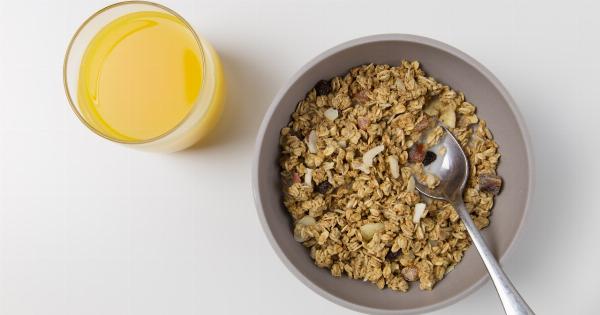Your nails can reveal a lot about your overall health, including your cholesterol levels. Cholesterol is a waxy, fat-like substance that is found in all cells of the body.
However, too much cholesterol in the body can lead to various health problems, including heart disease, stroke, and high blood pressure.
What is cholesterol?
Cholesterol is a type of lipid or fat that is essential for the proper functioning of the body. It is produced by the liver and is also found in some foods, such as meat, dairy products, and eggs.
Cholesterol is carried throughout the body by two types of lipoproteins: low-density lipoprotein (LDL) and high-density lipoprotein (HDL).
What are the risks of high cholesterol?
High levels of cholesterol in the blood can lead to a buildup of plaque in the arteries. This condition is known as atherosclerosis and can cause narrowing of the arteries, which can lead to heart disease, heart attack, and stroke.
High cholesterol can also cause gallstones and other health problems.
What are the signs of high cholesterol?
High cholesterol may not cause any signs or symptoms, which is why it is important to have your cholesterol levels checked regularly. However, there are some physical signs that may indicate high cholesterol in the body.
Yellow discoloration of the nails
If you notice a yellowish, orange tint on your nails, it may be a sign of high cholesterol levels. This is because excessive amounts of LDL cholesterol can cause a buildup of cholesterol under the nails, which can cause them to turn yellow.
This condition is known as yellow nail syndrome and is often associated with lung disease, lymphedema, and other health conditions.
White or pale discoloration of the nails
If your nails appear to be white or pale in color, it may be a sign of low cholesterol levels. This is because cholesterol is needed for the production of vitamin D, which is essential for healthy bones.
Low cholesterol levels can also cause anemia and other health problems.
Horizontal ridges
If you notice horizontal ridges on your nails, it may be a sign of high cholesterol levels. These ridges are also known as Beau’s lines and are caused by disruption in the growth of the nail due to illness or injury.
High cholesterol levels can impede the circulation of blood and nutrients to the nails, which can cause these horizontal ridges to develop.
Vertical ridges
Vertical ridges on the nails are a common sign of aging and are not typically associated with high cholesterol levels. However, in some cases, vertical ridges can be a sign of nutrient deficiencies, such as vitamin B-12 or iron deficiency anemia.
These deficiencies can also lead to other health problems, such as fatigue and weakness.
Brittle or thin nails
Brittle or thin nails can be caused by a variety of factors, including dehydration, malnutrition, and high cholesterol levels.
High cholesterol levels can cause a loss of elasticity in the nails, which can make them more prone to breakage and brittleness. Dryness and flaking of the nails can also be a sign of high cholesterol levels.
Clubbing
If you notice that your nails have a round or bulging appearance at the tips, it may be a sign of high cholesterol levels.
Clubbing is often seen in individuals with lung disease, heart disease, or other health conditions that affect the circulation of blood and oxygen throughout the body.
Conclusion
Regular monitoring of your cholesterol levels through blood tests is essential for maintaining optimal health. However, your nails can also provide valuable information about your cholesterol levels and overall health.
Be sure to consult with your healthcare provider if you notice any changes in the appearance or texture of your nails.



























